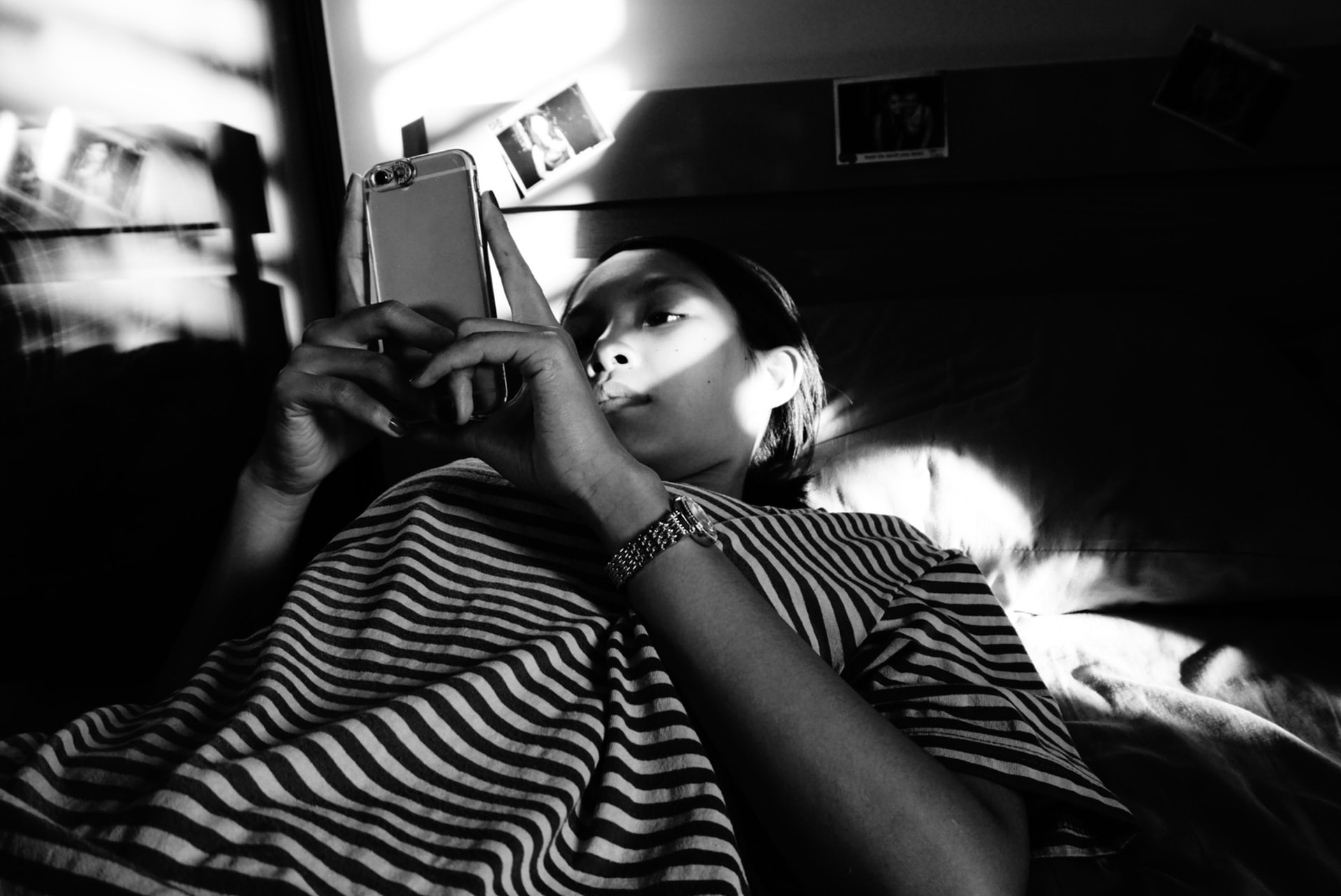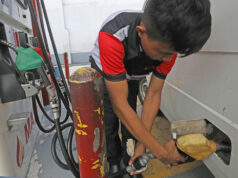From message to meme: DLSU study shows how bullying escalates on social media

By Patricia B. Mirasol
Online bullying and harassment among Filipino youth has three dimensions, according to a two-year study by De La Salle University (DLSU): it can be aimed not only at individuals but also at groups and ideas; it can be either direct or veiled; and it can escalate from a private chat to a public meme.
Preventing and mitigating online bullying necessitates the creation of social collective mechanisms for validation and support, said Jason Vincent A. Cabañes, a co-investigator of the project and DLSU professor of communication, in the July 8 launch of How Filipino Youth Identify and Act on Bullying and Harassment on Social Media.
“We cannot put all the responsibility on the young,” Mr. Cabañes said. “We need to create an environment that will help them set healthy boundaries. We need to create schools where the youth will feel recognized, and where they will learn to acknowledge when something [constitutes] bullying. This extends to the home as well … for parents to not be dismissive and say, ‘Weak ka lang [you’re just weak].’”
“There has to be recognition all around so young people will feel empowered,” he added.
The project team created infographics for both schools and parents to know what online bullying and harassment is and how to prevent it.
SELF-AWARENESS, SENSITIVITY
Self-awareness, coupled with sensitivity to others, is key to setting healthy boundaries. An educational video created by DLSU shows that bullying takes many forms, including jokes that seem friendly.
Victims will not be able to act on bullying incidents if they dismiss their feelings, according to Cheryll Ruth R. Soriano, the project’s principal investigator and a professor in the department of communication at DLSU. Perpetrators, meanwhile, will not realize they are already inflicting harm.
Ms. Soriano added that dismissing experiences because they do not meet traditional definitions (such as being deliberate, repetitive, or directly aggressive) may lead to the neglect of the bullying’s impact, and the victim’s capacity to speak about it.
“If they do not recognize [certain acts] as bullying, then that diffuses the responsibility,” Ms. Soriano said, adding that liking a comment in a group chat can be hurtful in some contexts.
VIRTUAL SAFE SPACES
Bullying can escalate from one-on-one messaging to free-for-all online platforms because social media is scalable, networked, and persistent, said Mr. Cabañes. One node connects to others, which can then result in the endless circulation of posts and being “canceled.”
“We are also entering an era where our relationship to the past is out of our control,” he added. “There are many virtually unerasable acts online.”
Allan B.I. Bernardo, a psychology professor at DLSU, noted that safe spaces are more difficult to create online. “There is a world out there that is harsh and mean,” he said. “When we talk about empowering people, we also need to help them deal with this harshness. How do we prepare them for this?”
The two-year research involved interviews with 152 Filipino youth between the ages of 15 and 24 from Metro Manila, Batangas in Luzon, Negros Occidental in Visayas, and Misamis Occidental in Mindanao.



